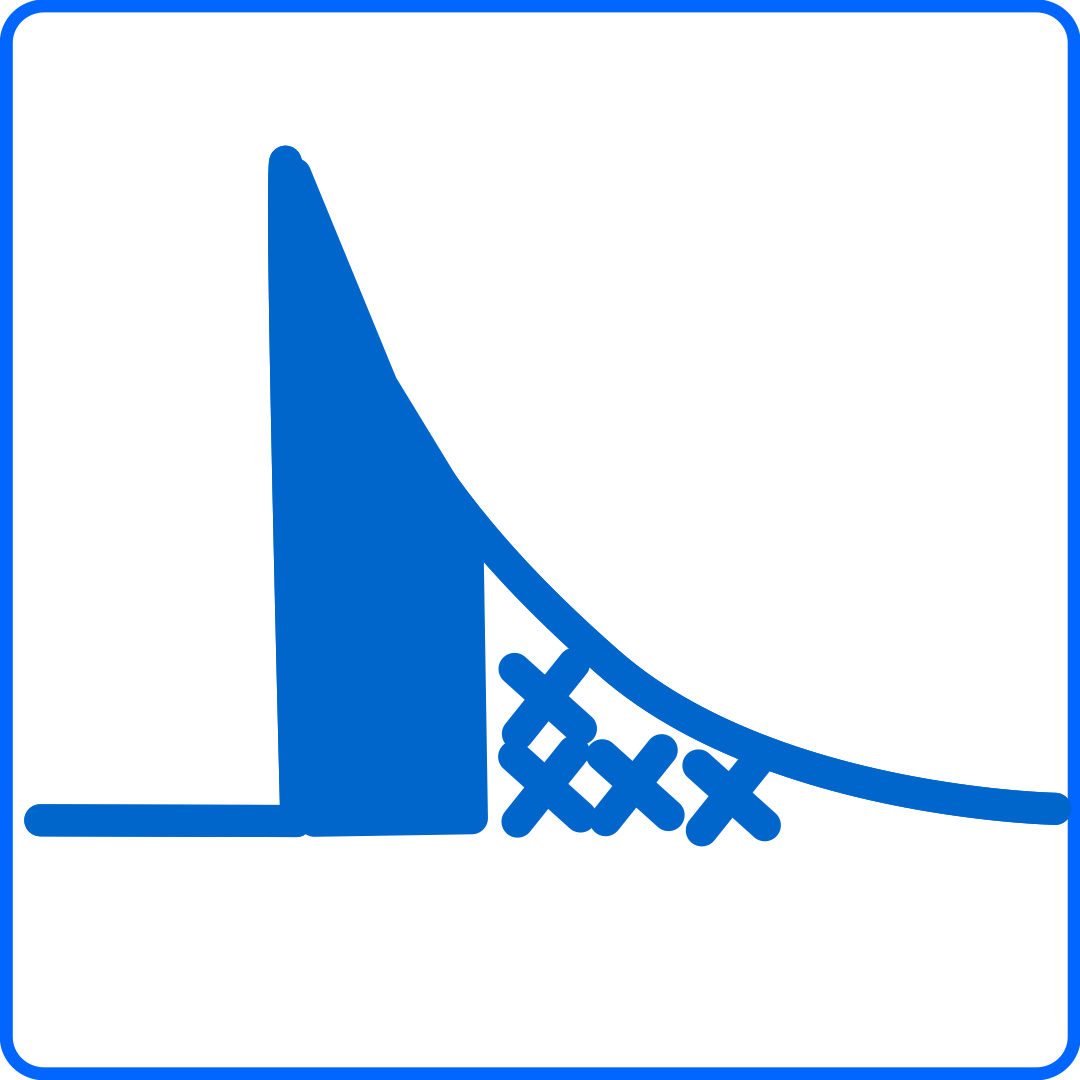
Abstract
Store signal waveforms and analyze the shape.
Description
Waveform Acquisition
Sci-Compiler provides different components to acquire and process waveforms. The following components are available:
- Oscilloscope: can be used to acquire and display waveforms in real-time, mainly for debugging purposes.
- Digitizer: can be used to acquire waveforms and store them in memory for further processing on PC.
Waveform acquisition components, simply dump waveform data into memory upon a trigger signal.
Pulse Shape Discriminator
Pulse shape discrimination (PSD) is a technique used in nuclear physics and radiation detection to differentiate between different types of particles or radiation based on the shape of their pulses or waveforms. It is particularly useful for discriminating between neutron and gamma-ray interactions in radiation detectors.
In a typical scenario, when a particle or a photon interacts with a detector, it produces an electrical pulse that is recorded and analyzed. Neutrons and gamma rays often interact differently with the detector material, leading to distinctive pulse shapes.
For example, when a high-energy gamma ray interacts with the detector, it deposits its energy almost instantaneously, resulting in a relatively short, intense pulse. On the other hand, a neutron may undergo a series of interactions within the detector material, resulting in a longer-lasting, less intense pulse.
Pulse shape discrimination takes advantage of these differences by analyzing the rise time, decay time, or other characteristics of the pulses. By studying the pulse shape, it becomes possible to differentiate between neutron and gamma-ray interactions, enabling the identification of the type of radiation that caused the pulse.
Applications of pulse shape discrimination, particularly in neutron-gamma discrimination, are crucial in various fields. Here are a few examples:
-
Nuclear Power Plants: PSD helps in monitoring and characterizing the neutron and gamma-ray fields within nuclear power plants. It ensures accurate measurement of neutron flux levels and helps distinguish between neutrons (indicative of fission) and gamma rays (indicative of radioactive decay or external sources).
-
Homeland Security and Border Control: Radiation detectors equipped with PSD capabilities are utilized to screen cargo, vehicles, and individuals for the presence of nuclear materials. Discriminating between neutrons (suggesting a possible nuclear source) and gamma rays (indicating non-nuclear sources) helps identify potential threats.
-
Environmental Monitoring: PSD aids in studying and monitoring naturally occurring and anthropogenic sources of radiation in the environment. By discriminating between neutrons and gamma rays, researchers can determine the contributions of different radiation sources, such as cosmic rays, background radiation, or nuclear testing fallout.
-
Particle Physics Research: In experimental setups involving particle accelerators or studies of nuclear reactions, PSD is crucial to identify specific types of radiation. Discrimination between neutrons and gamma rays allows researchers to study neutron-induced reactions separately, providing insights into nuclear structure, decay, and various other phenomena.
A charge integrator with two integration windows can be used to calculate two different quantities, Qlong and Qshort, by integrating the charge over different time intervals.
The two integration windows are time intervals defined within the pulse waveform. Qlong refers to the charge integrated over a longer time window, while Qshort refers to the charge integrated over a shorter time window.
The ratio of Qlong to Qshort, often referred to as the Qlong/Qshort ratio, is a commonly used parameter in pulse shape discrimination (PSD) techniques. This ratio can be used to discriminate between different types of radiation, such as neutrons and gamma rays, based on their respective pulse shapes.